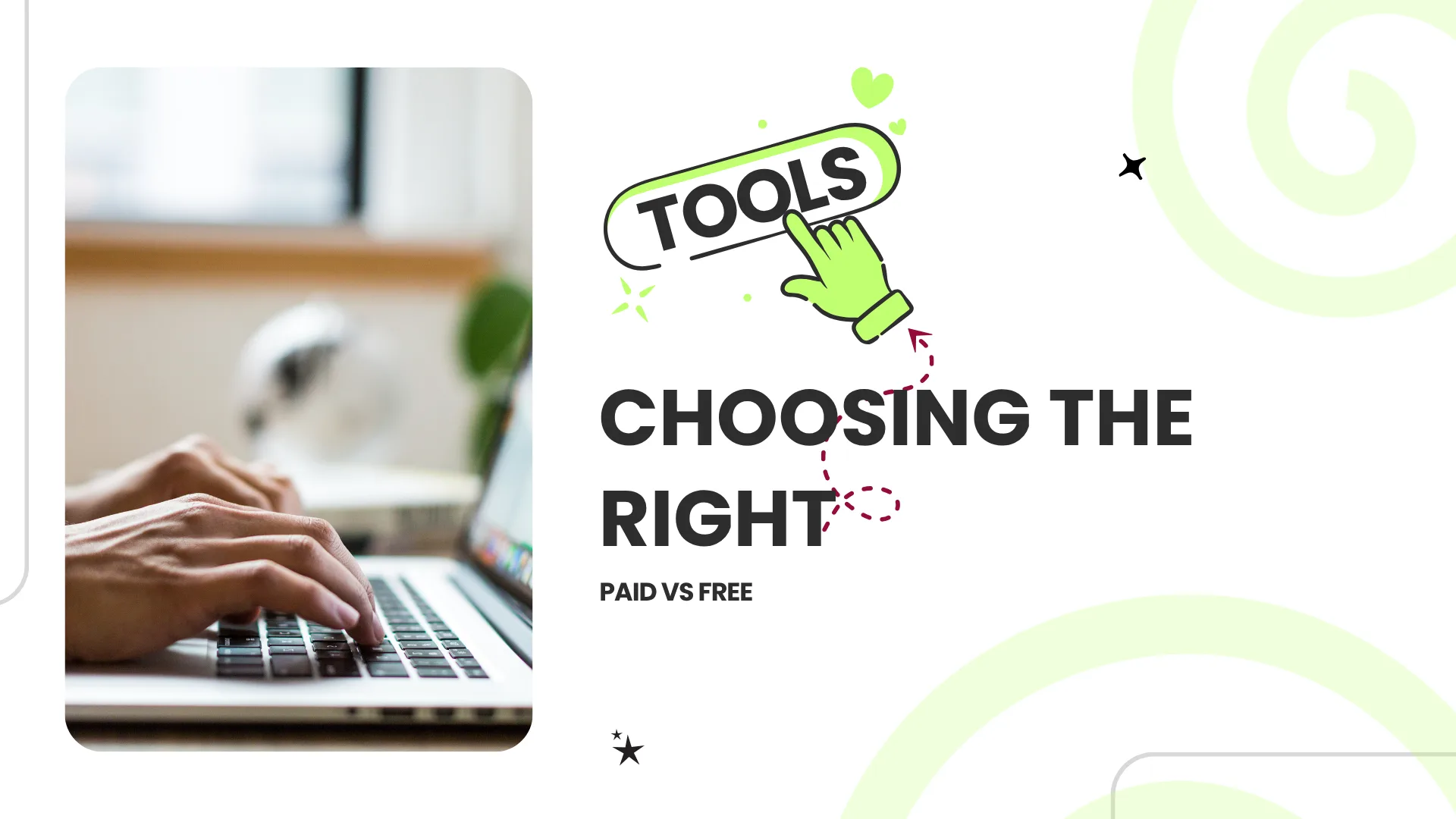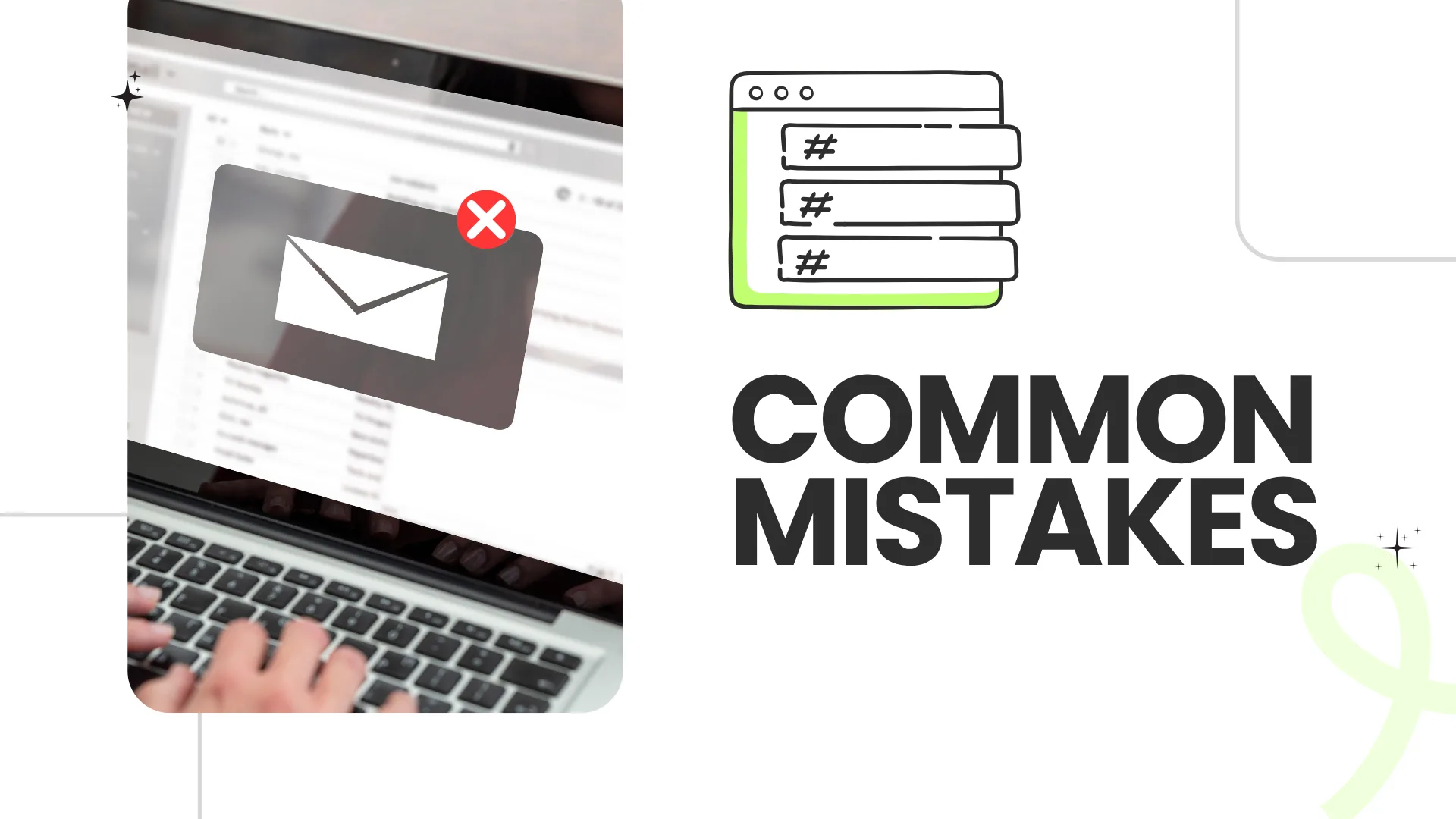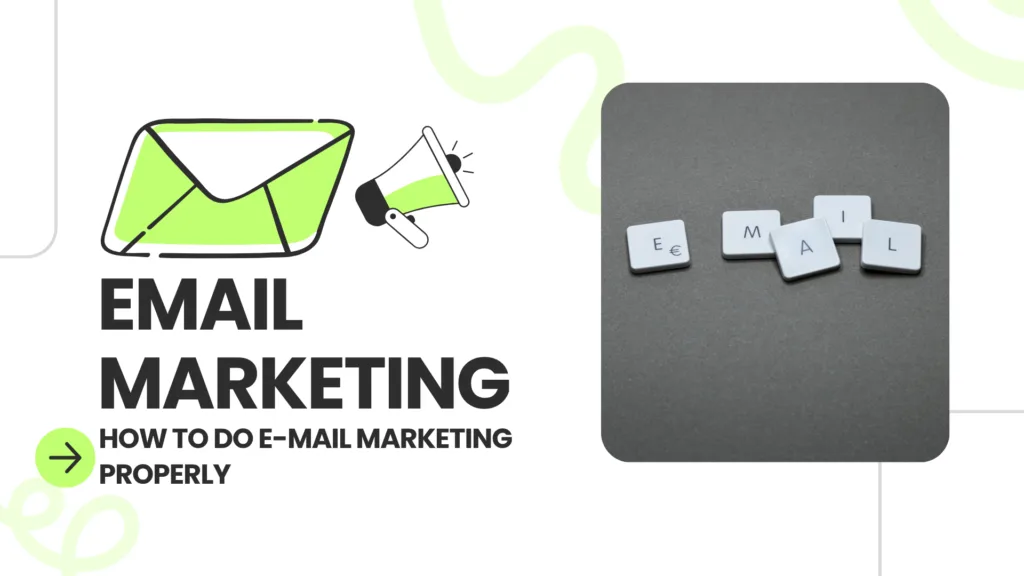Email marketing remains one of the most effective and affordable ways to reach your audience, drive sales, and build relationships over time. However, successful email marketing requires more than a desire to sell: you need a clear strategy, thoughtful campaigns, and an understanding of what your subscribers value.
What Is Email Marketing?
Email marketing is sending targeted promotions, announcements, or communications to people who have agreed to receive updates from your business. This makes it a permission-based channel, ensuring your messages reach interested readers and fostering trust.
Benefits of Email Marketing:
- Builds trust and credibility with subscribers
- Guides prospects toward making a purchase
- Keeps your brand front-and-center
1. Set Clear Goals for Your Email Marketing
Start by defining your objectives for email marketing. Consider if your main aim is to:
- Attract new subscribers
- Boost sales
- Share news and updates
- Keep your brand visible
Knowing your mission helps you craft focused, effective email campaigns.
2. Grow a High-Quality Email List
A strong email marketing campaign depends on your list quality. Focus on organically growing your list with people genuinely interested in your products or services. Never buy lists, as they harm your reputation and deliver poor results.
How to Build Your Email List:
- Offer valuable content (guides, discounts, exclusive access) in exchange for sign-ups
- Add sign-up forms on your website and social channels
- Use clear, honest messaging about what subscribers will receive
3. Choose a Reliable Email Marketing Platform
The right tools make your email marketing easier and more effective. Platforms help with designing emails, managing subscribers, automating sends, and tracking performance.
Popular Email Marketing Platforms:
| Platform | Free Plan | Best For |
| Mailchimp | Up to 500 contacts | Beginners, small businesses |
| Sender | Generous free plan | Simple newsletters, basic automation |
| MailerLite | Up to 1,000 subscribers | Automation features, ease of use |
| Benchmark Email | Up to 500 contacts | Ease of use, template variety |
| HubSpot (Free) | 2,000 emails/month | Integrated CRM |
Paid Options Unlock:
- Advanced automation and segmentation
- Deeper analytics
- Larger contact storage and send volumes
- Priority support
4. Create Valuable and Authentic Content
Make every email you send count! In email marketing, prioritize content your audience values—such as helpful tips, important updates, special offers, or personalized invitations.
Content Tips:
- Write like you’re speaking to a friend
- Use catchy subject lines
- Keep content clear and concise
- Always suggest a next step: visit a page, purchase, reply, etc.
5. Segment Your Subscribers
Not all subscribers are alike. Segment your email marketing list based on:
- New vs. returning customers
- Interests
- Purchase history
This allows you to send more relevant, personalized messages, increasing engagement and conversion.
6. Find the Right Timing and Frequency
Timing influences the success of email marketing. Sending too often may annoy subscribers; too rarely, and you’ll be forgotten. Start with 1–4 emails per month and monitor results—adjust as needed.
7. Use Automations to Nurture Leads
Email marketing automation saves time and keeps your audience engaged. Examples:
- Welcome emails sent upon sign-up
- Abandoned cart reminders
- Birthday or anniversary offers
8. Stay Legal and Respectful
Good email marketing respects privacy and obeys regulations, such as:
- CAN-SPAM (U.S.)
- GDPR (Europe)
Always:
- Obtain explicit consent before sending emails
- Include easy unsubscribe links
- Provide clear contact information in every message
9. Track and Improve Campaigns
The most successful email marketers review campaign results regularly:
- Open rates
- Click rates
- Unsubscribes
Experiment with subject lines, timing, and call-to-actions to see what resonates best.
Choosing the Right Tools: Paid and Free Options

Selecting the proper toolkit can make all the difference in your email marketing journey. Today, there are both free and paid tools that serve everyone from solo entrepreneurs to large enterprises. Here are some of the best options:
Top Free (Unpaid) Tools
These platforms include strong free tiers that are ideal for beginners or those who wish to experiment before deciding on a paid plan:
- Mailchimp (Free up to 500 contacts): Offers drag-and-drop editing, basic automation, and analytics. Popular for its beginner-friendly interface.
- Sender (Generous free plan): Great for simple newsletter campaigns, with automation and reporting features included at no cost.
- MailerLite (Free up to 1,000 subscribers): User-friendly platform with advanced features like automation, landing pages, and some A/B testing on the free tier.
- Benchmark Email (Free up to 500 contacts): Clean design, easy-to-use templates, and simple automation.
- HubSpot Free Email Marketing: Integrates directly with HubSpot’s CRM, ideal for sending up to 2,000 emails/month with basic automation.
Top Paid Tools
These platforms offer premium features—such as advanced automation, segmentation, and integrations—at different price points for growing businesses:
- Many people have complimented ActiveCampaign for its CRM capabilities, sophisticated segmentation, and potent marketing automation. Paid plans start around $29/month.
- ConvertKit: Tailor-made for creators and bloggers. Paid plans unlock advanced automations, audience segmentation, and better integrations.
- Klaviyo: Focuses on e-commerce brands, with deep integrations for stores on Shopify, WooCommerce, and more. Paid after free tier.
- Drip: E-commerce-friendly with advanced workflows and integrations. Paid plans unlock comprehensive features.
- GetResponse: Known for automation, funnels, and webinar capabilities alongside email. Paid plans start at affordable rates.
Free vs. Paid: What’s Best for You?
- Free tools are excellent if you’re building your first list, launching a small business, or want to experiment before investing.
- Paid tools unlock powerful automations, better analytics, assistance at scale, and advanced integration abilities—crucial as your list grows, and marketing gets more sophisticated.
Tip: Start with a free plan. As your audience and requirements grow, upgrade to a paid plan to access premium features and support.
Common Email Marketing Mistakes to Avoid

- Messaging people who haven’t opted in
- Using misleading subject lines
- Neglecting mobile optimization
- Ignoring privacy and legal requirements
Simple Campaign Plan Example
- Set a specific goal (e.g., grow your list, launch a product).
- Offer a value incentive for sign-ups (e.g., guide, discount).
- Choose the right email marketing platform.
- Segment your subscribers.
- Plan a welcome email and subsequent updates.
- Automate follow-ups and important messages.
- Monitor and adjust based on results.
Final Thoughts
Successful email marketing is about building relationships and providing value. Stay relevant, personalize your communication, keep improving, and your audience will look forward to your emails.
Chekout My Other Blogs : Click Here
